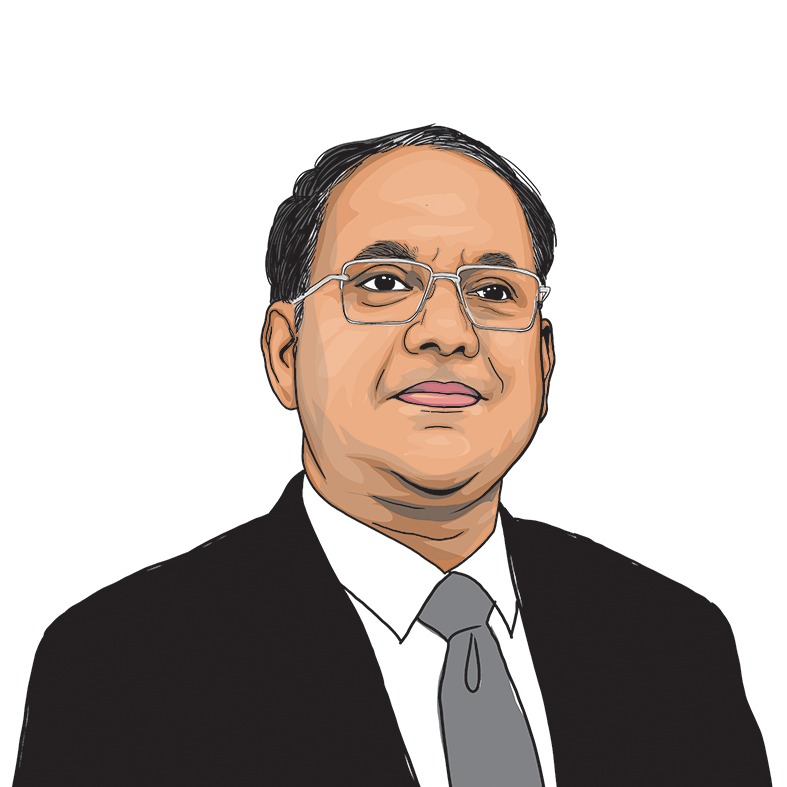Opinion PM Jan Dhan Yojana has removed intermediaries to ensure subsidies reach beneficiaries
Eleven years after the scheme, almost 100 per cent of households and over 90 per cent of adults have a bank account
 Prime Minister Narendra Modi during interaction with beneficiaries of the Pradhan Mantri MUDRA Yojana.(PMO)
Prime Minister Narendra Modi during interaction with beneficiaries of the Pradhan Mantri MUDRA Yojana.(PMO) Financial inclusion is meant to empower individuals and businesses, foster growth, reduce poverty, and promote social equality. A government-backed financial inclusion drive is important for a developing country like India. That was one of the reasons behind the Pradhan Mantri Jan Dhan Yojana (PMJDY) launched on August 28, 2014. It aimed to provide universal access to banking services and ensure that every household, particularly the marginalised, could participate in the formal financial system.
PMJDY has grown into the world’s largest financial inclusion programme. Before PMJDY, only 59 per cent of Indian households and 35 per cent of adults had bank accounts. Eleven years since it was launched, almost 100 per cent of households and over 90 per cent of adults have a bank account. The informal credit systems that used to trap the marginalised in debt cycles have become relics.
Over 56.2 crore accounts have been opened, a nearly four-fold increase from March 2015. This includes 37.5 crore accounts in rural/semi-urban areas and 18.7 crore in urban areas. Women hold 56 per cent of these accounts, showcasing PMJDY’s strong focus on gender inclusion. The total balance in PMJDY accounts stands at Rs 2.68 lakh crore, a 17-fold increase since 2015. Over 16.2 lakh bank mitras (business correspondents) deliver banking services in remote areas. PMJDY accounts have streamlined DBT and ensured that subsidies and relief payments reach beneficiaries without intermediaries. During demonetisation and the Covid crisis, PMJDY accounts facilitated rapid financial support.
When PMJDY was launched, approximately 7.5 crore households did not have bank accounts. In 2018, we achieved household-level saturation and shifted our focus to covering all adults with bank accounts. As per the World Bank’s Findex report, account ownership in India in 2024 increased to 89 per cent with respect to individuals aged 15 years and more. The NSS survey 2022-23 states that 94.65 per cent of adults in the country own a bank account. The scheme has promoted digital transactions through RuPay cards. Over 38.7 crore RuPay cards have been issued. PMJDY accounts are being used not only for receiving DBT but also for savings and to provide access to micro-insurance and investment products.
Today, 99.9 per cent of all inhabited villages have a banking outlet (branch, business correspondent or India Post Payments Bank) within five kilometres. This expanded banking network has helped extend life and accident cover (Jan Suraksha) of Rs 2 lakh through the Pradhan Mantri Jeevan Jyoti Bima Yojana (PMJJBY) and the Pradhan Mantri Suraksha Bima Yojana (PMSBY). An increasing number of people working in the unorganised segment are today able to get much-needed financial security by enrolling in Jan Suraksha schemes.
UPI and digital transactions have grown several-fold. This can also be attributed to the large number of PMJDY accounts. With an increase in average balances in Jan Dhan accounts, the PMJDY ecosystem can be expanded to facilitate investments. Artificial intelligence and natural language processing can help in voice-based transaction authorisations, doing away with the need for smartphones or internet connectivity. This has facilitated innovations in e-commerce with fast and reliable delivery systems in Tier 4 and Tier 5 centres. As PMJDY enters its 12th year, our focus is on sustaining and expanding its impact. The government has launched a financial inclusion saturation drive, and banks are organising camps to update KYC details, open new accounts, and promote micro-insurance and pension schemes. They are also working to reduce inactive accounts under PMJDY.
PMJDY is a testament to the power of inclusive governance and a global model for achieving universal financial inclusion.
The writer is secretary, financial services, Government of India




